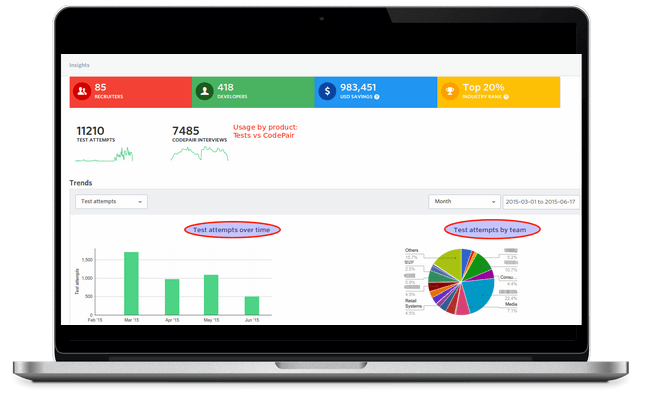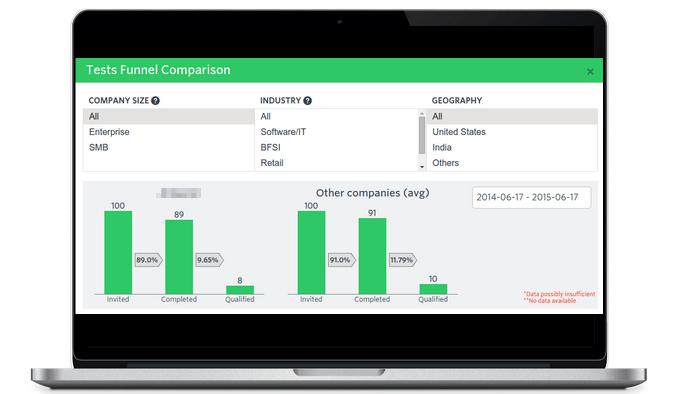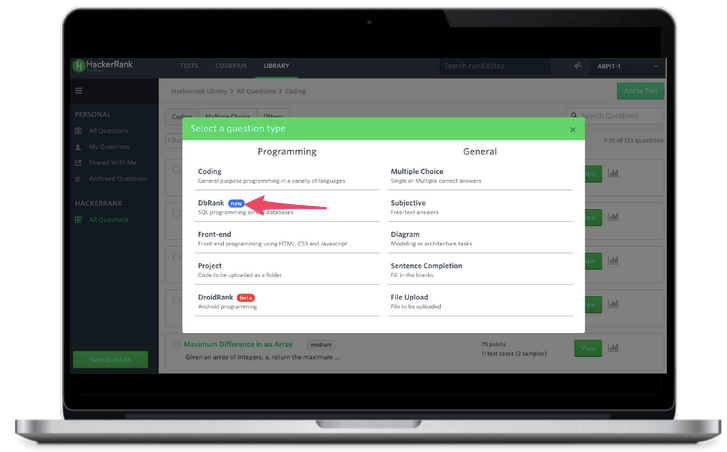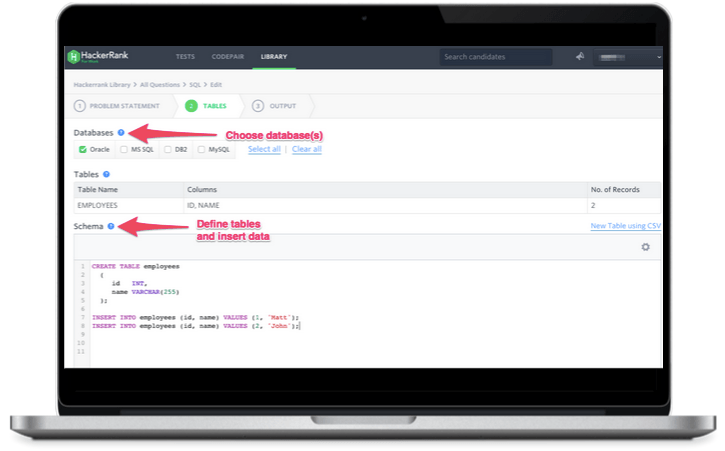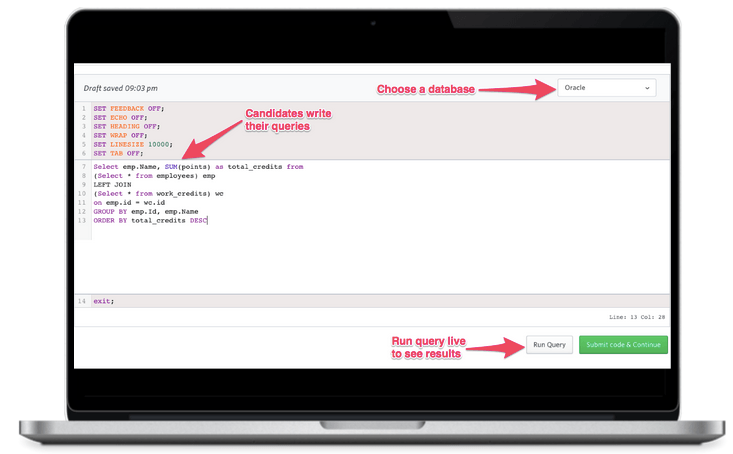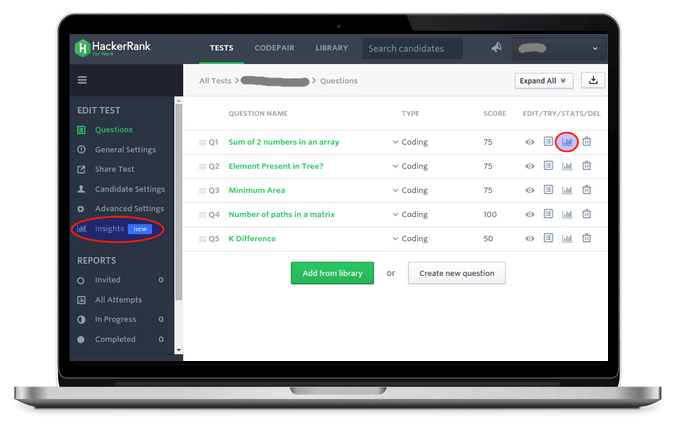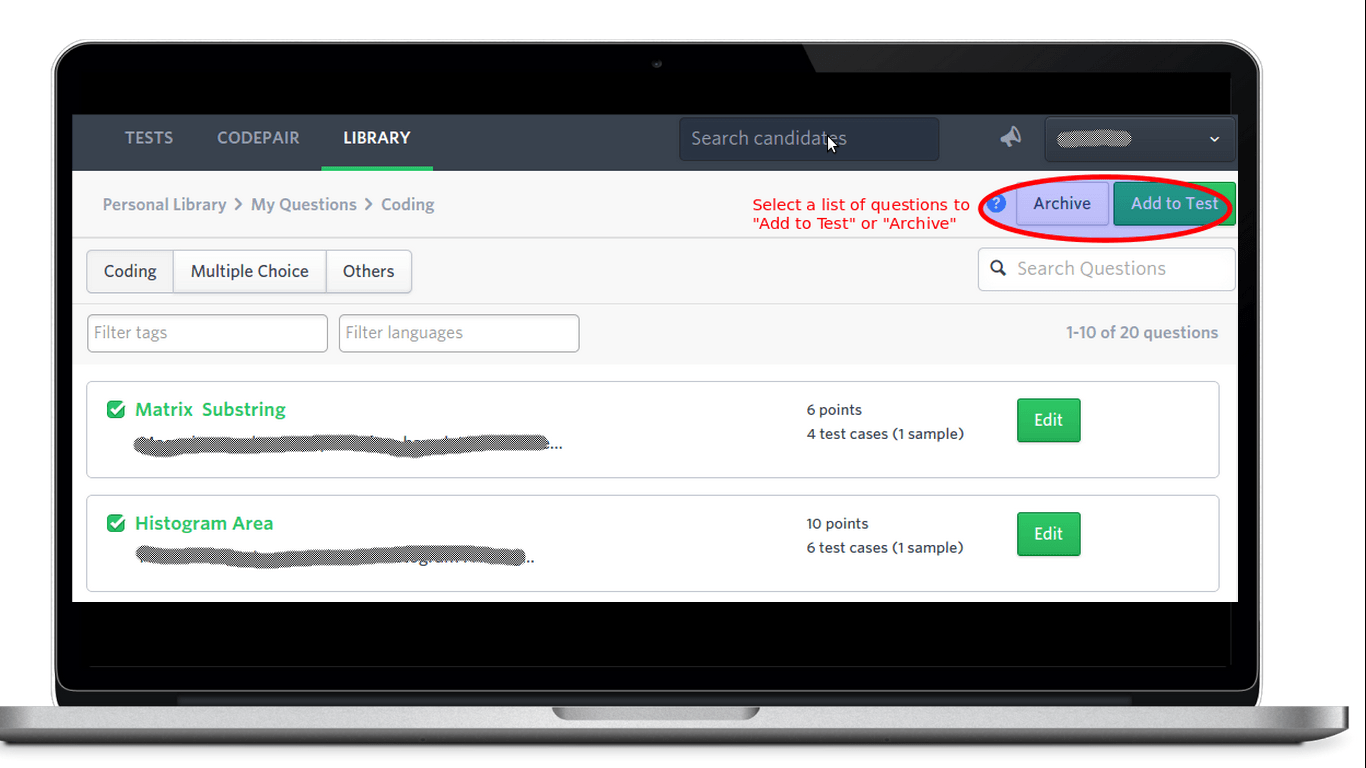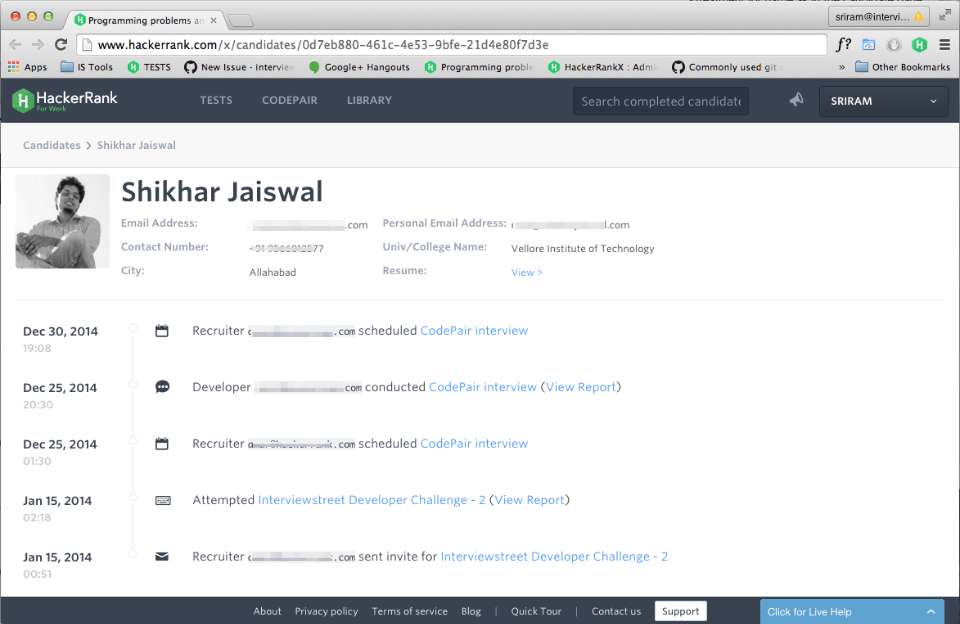We’re very excited to announce the beta release of Company Insights, one of HackerRank for Work’s most anticipated new features. With Insights, we’ll show you all the key data on your HackerRank for Work usage so that you can make your recruitment process truly data-driven. Here are just a few of the ways that Insights will quench your thirst for recruiting data:
- Account summary: An aggregate measure of how much you’ve used HackerRank for your technical hiring, as well as the ability to drill down further by segmenting your data over time or by different teams within your organization.
- ROI Calculators: Built-in ROI calculators will give you the power to to see exactly how much you’ve saved on tech hiring since your investment in HackerRank.
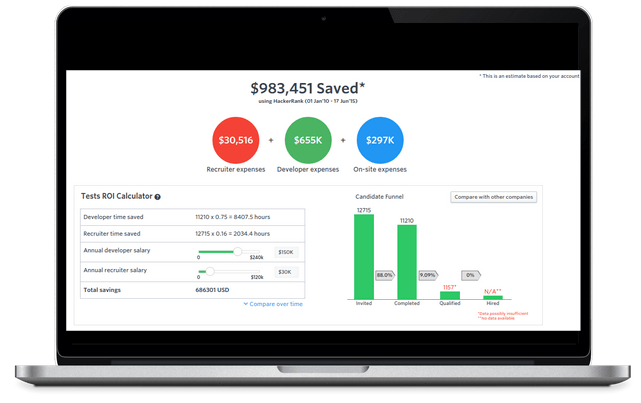
- Industry benchmarks: Get an inside view of how your recruitment team is performing against other companies based on their size, industry, and location.
- Recruiter Performance: Detailed stats for every recruiter on your team gives you direct insight into who is sourcing from the best channels and how their hiring funnels compare against each other. You also get to measure the effectiveness of the screening questions and the interviewers.
We’re rolling this out today as a limited beta so if you’re interested in enabling Insights for your account, please reach out to us at support@hackerrank.com. Feel free to share your comments/feedback in the section below.
